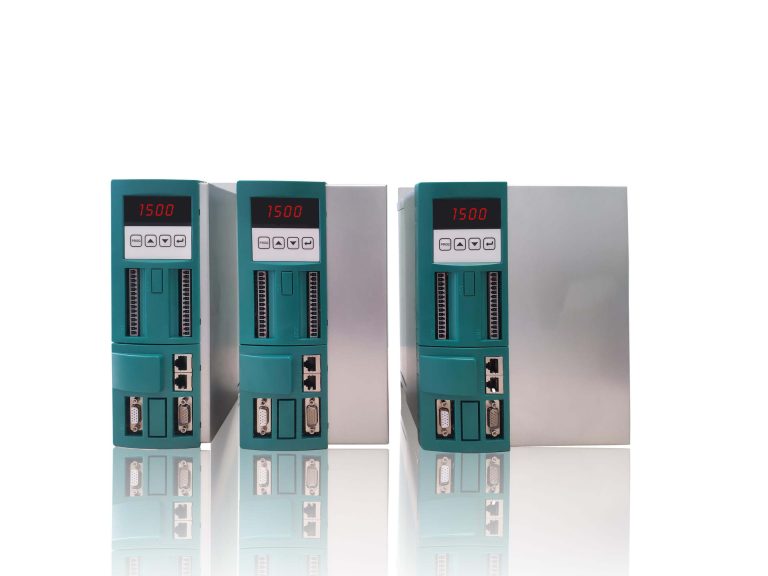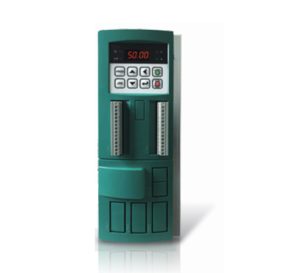
For machine control and other applications, using a inverter to control motor speed can save energy, assuming the inverter purchase has been completed, but is that all there is to saving money with a inverter? Like most things in life, it’s more complicated than that. Saving energy with a inverter is not as simple as just adding a inverter. What else needs to be considered to improve the efficiency of motor control systems?
First, a brief discussion of the need for proper inverter installation is in order. No one is saving money by reducing energy costs if the inverter blows up or fuses due to improper installation. Many inverter manufacturers are happy to offer extended warranties on products that are installed and wired by personnel they have reviewed or factory trained. Proper installation can reduce problems and extend the life of the inverter. A good installation technician will be aware of issues that can cause premature inverter failure, such as high ambient temperature, long motor lead lengths, and power factor correction capacitors. If early obsolescence can be avoided, some inverters can last a long time, greatly improving the return on investment.
Considerations for Selecting A Motor-drive System
The drive itself is an essential component to energy efficiency, but it is only part of the whole package. The other two most important parts are the motor that drives the load and the cable that connects the drive to the motor. First, make sure the motor can handle the pulse-width modulated (PWM) voltage sent by the drive. In addition to being inefficient, some older motors have poor insulation systems that may not be able to cope with the voltages generated by the drive, and this is exacerbated by long motor leads. Generally, any application with motor leads longer than 100 meters should consider installing output reactors between the motor and the drive to ensure that the first turn of the stator (where the insulation is thinnest) does not fail. Like many things, there is a trade-off to consider. Any kind of output filtering (such as load reactors) can cause losses. However, sometimes a slight decrease in efficiency is worth it because it can extend the life of the motor.
Sizing the Motor Cable
Another factor to consider is the motor size. We need a motor that can continuously deliver the torque required by the load, and a moderate size is preferable to an oversized motor. An underloaded motor can suffer from a poor power factor, which can significantly reduce the efficiency of the entire system. An oversized motor may provide reassurance that the system will not fail soon because the heat losses of all components are well below their thresholds. A properly sized motor can provide a long service life if properly sized and installed, so the trade-off is to choose the motor that best fits. Motor cable considerations are usually related to cable length and specification. We should first consult the inverter manufacturer’s installation documentation to find the appropriate cable specification. Excessively long leads can cause premature motor failure, while large impedance changes can cause reflection points of PWM pulses from the inverter-with their corresponding high dv/dt values. The greater the impedance difference, the more pulses are reflected. Sometimes the only solution is to suppress the steep dv/dt of the pulses through filtering. Again, filtering itself can introduce energy losses and additional installation costs.
Inverters Handle Fluctuating Loads
Another way to help a inverter achieve optimal efficiency is to train it to handle fluctuating load conditions. During low-load operation, reducing the output voltage to an optimal point helps minimize power consumption and maximize efficiency. Energy-saving modes in inverters can help maximize efficiency, especially in V/Hz applications in fans and pumps. It may help to think of energy savings as the inverse of torque boost. One is to increase the voltage from normal levels to increase output torque, and the other is to reduce the voltage to minimize power, thereby using electrical energy more efficiently.
Sometimes, if the load is too low, the inverter may need to stop running. This is called “sleeping”. It is called sleeping because although the inverter output is off, it is still running and monitoring to determine whether it can wake up again to drive the load when conditions are met. This type of operation is common in pumping applications, where the application of the pump can change depending on demand or time of day. The inverter needs to be programmed to determine under which conditions (such as running at minimum speed or when the output pressure is too low) it will go to sleep or wake up.
The inverter itself can match the motor speed with the load demand, and reduce energy consumption by optimizing the motor’s operating current, thus achieving a huge victory in energy saving. However, we also need to consider other factors, such as motor specifications, cable selection, automatic tuning, etc. to achieve energy saving effects, save resources, and protect the environment we live in.


